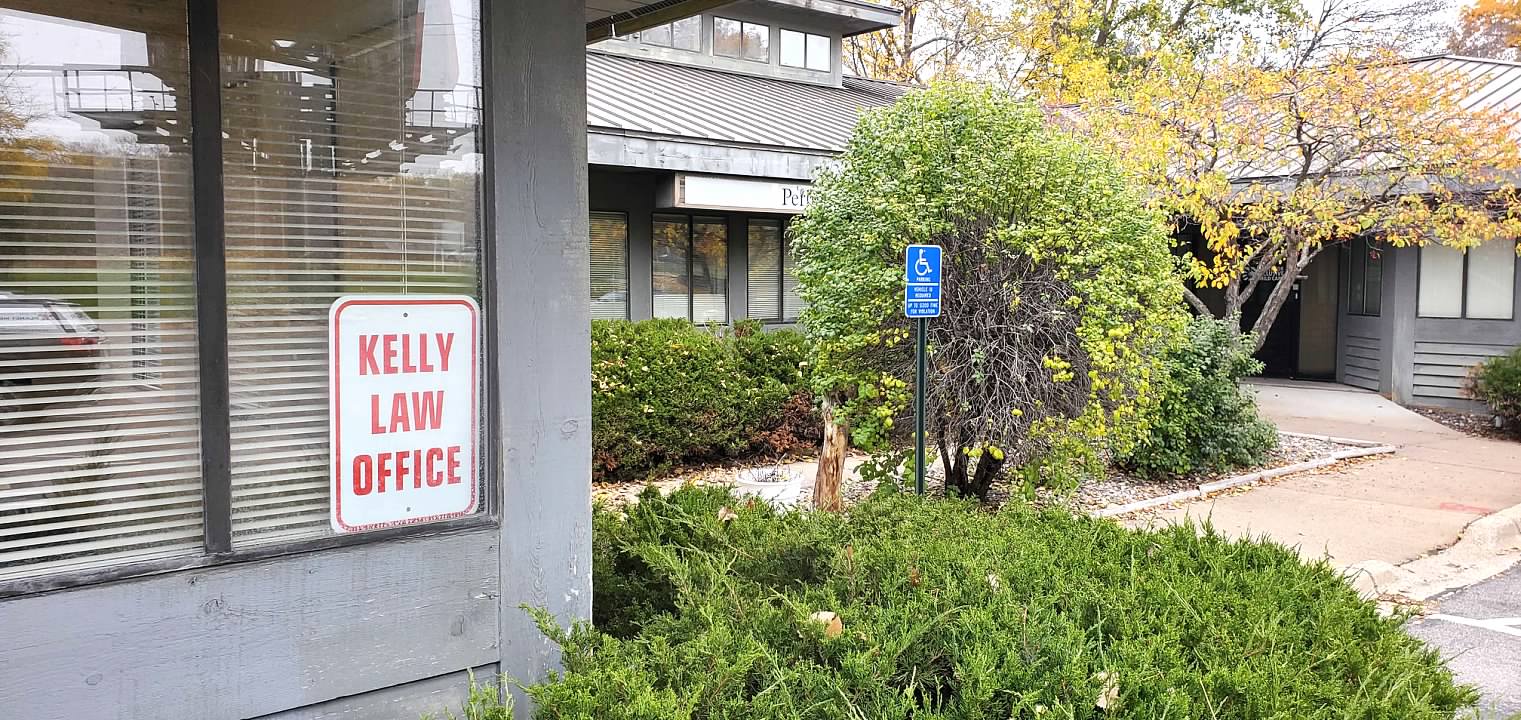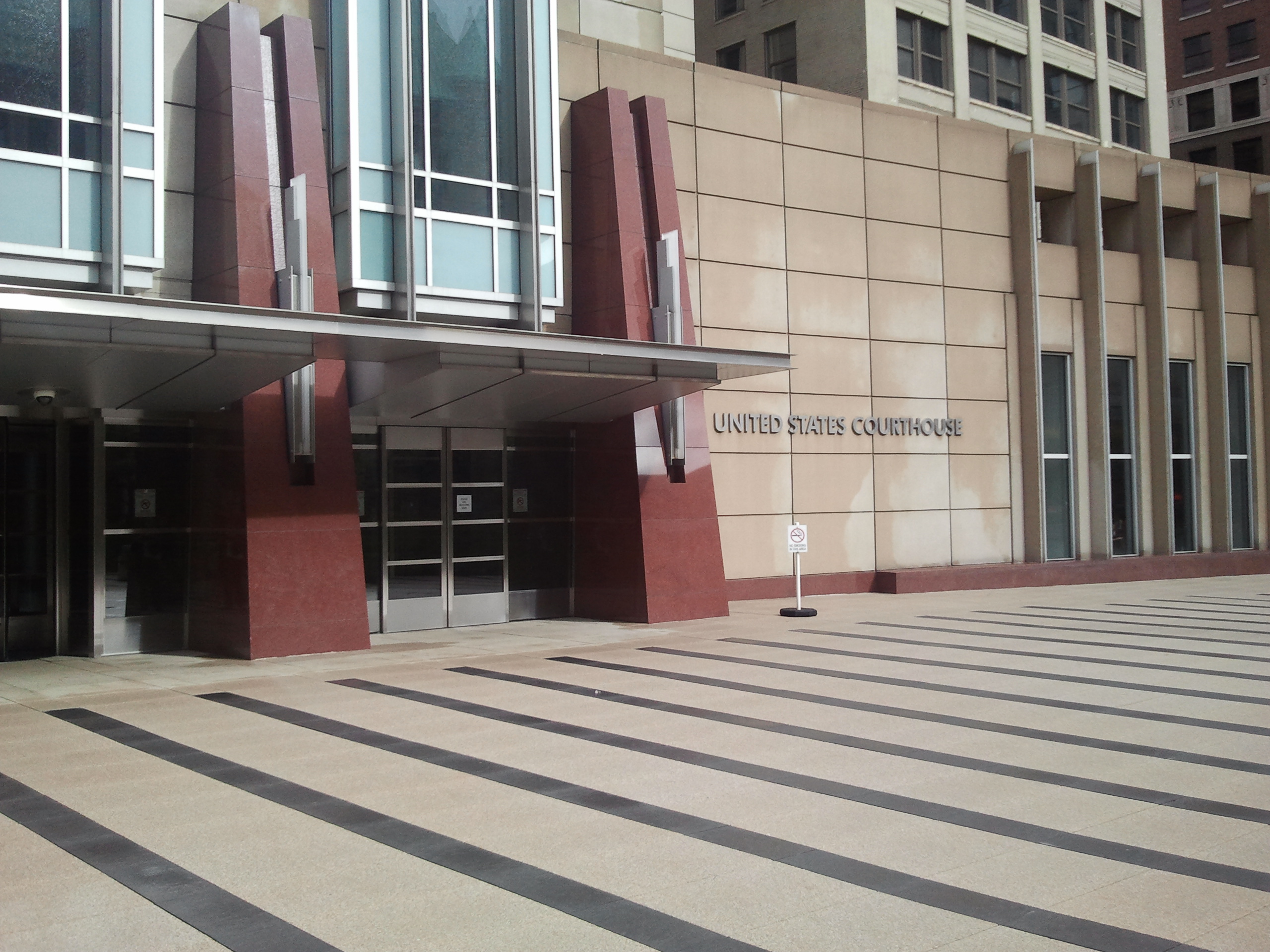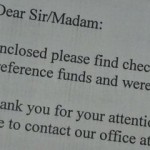Most people I talk to have not heard of the “fiscal cliff.” Those who have believe it will not affect them. This includes a husband and wife I met with yesterday. But when I ran the numbers for them, based on a November 1st article in Forbes, I found that between the two of them their paycheck withholding should go up by about $438 per month. That is, the net take home pay for the two of them together will be $438 less per month starting January 2, 2012. That is just a few days from now. When I tried to warn them and suggested that they should be thinking about how they would deal with this, they blew me off. They are absolutely in denial about the prospect that this could ever happen. If we go over the fiscal cliff as scheduled, this should come as a heck of a shock.
My calculations assume, of course, that no steps will be taken to reduce the impact of the fiscal cliff.
From where I sit it looks like a majority of people are living right on the edge. For them a drop in take home pay like this will mean they no longer have the funds to pay their credit card debt. Often when people are in such a situation, they go to their employer and increase the number of exemptions they are claiming for withholding purposes on their paychecks. They claim more withholding exemptions than they should. Some increase the number of exemptions to the point that no taxes are being withheld at all, and for them all that is withheld is social security and medicare. This increases their take home pay, but it is at the cost of not having enough taken out to cover state and federal tax liability. The income which should have been withheld for taxes is then used to make payments on credit card debt. Often this is still not enough to get that credit card debt under control.
When it comes time to file their tax return, they find that they owe a tax debt which is too large for them to pay. Now on top of the credit card debt there is a substantial tax debt. Eventually they wind up in my office. I can help get rid of the credit card debt. But as long as the tax debt is less than three years old, there’s nothing I can do to help with the tax debt.
The worst creditors you can have are the IRS and the Minnesota Department of Revenue. In almost all circumstances, it is better to stop paying other debts before you stop or reduce the withholding of taxes from your pay check. Don’t fall for the temptation to unreasonably increase the exemptions you claim for withholding from your paycheck. That will work for a short time, and then you’ll really wish you hadn’t done that.
This post is for general information purposes only and should not be considered legal advice. You should consult the attorney of your choice concerning the details of our case. Reading or responding to this post does not create an attorney-client relationship. I am a debt relief agency helping people to file for relief under the federal bankruptcy code.


















